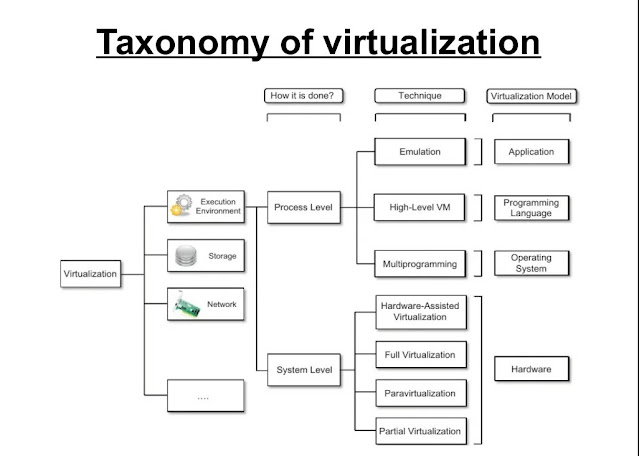What are the different levels of Interoperability? Explain.
Levels of Interoperability
The interoperability levels related to the sharing of information in IFEG are mainly classified into:-
• Organisational Interoperability (like process-re-engineering including Government-Orders, Process Changes, Organisational Structures),
• Semantic Interoperability (Enabling data to be interpreted & processed with the same meaning, etc.) and
• Technical Interoperability (like technical issues in interconnecting ICT systems and services, information storage and archival, protocols for information exchange and networking, security, etc.); in general, technical interoperability was considered for classifying the standards into various layers or domains (eg. Presentation domain, Network domain, Data Interchange domain, etc.) in earlier versions of IFEG/GIF documents from various countries.
Description of Figure
It provides an overall view of the levels of the interoperability system. This helps define how applications and re-usable services will be developed and their interaction with other ICT systems. As indicated in the Figure, Organisational Interoperability is supported by Semantic Interoperability, which in turn is supported by Technical Interoperability. Hence Technical Interoperability forms the basis for the IFEG. Governance facilitates and enforces the implementation of IFEG.
Influencing Factor of E-Government Interoperability Model/ Multilateral mechanism for IFEG
The Multilateral mechanism for IFEG is influenced or the influencing factor by the following key sub-areas:
1) Political – For strategy-related issues. In the Political context, support and commitment from an authority, provisioning of policies/guidelines, strategies over different levels of interoperability are expected.
2) Legal – For issues like IPR / Copy Right, content regulation, privacy, freedom of information, electronic identities, etc; these are context-sensitive. Legal factors include legal power assigned to a system for data protection and privacy information of the citizen, governance issues related to information management, executive orders, and laws related to e-Governance services, citizen services driven by administrative procedures, enforcement, etc.
3) Managerial – For issues like training, motivation, reorientation of concerned staff from public agencies.
4) Economic – For funding-related issues.
5) Social/Cultural – For social/cultural characteristics of system stakeholders. Social / Cultural factors like differences in culture, working practices, issues of trust, timings, social exclusion issues have more influence. Cultural and linguistic diversity in India introduces additional administrative constraints like naming conventions, multiple local official languages, language-dependent format, etc.
This mechanism should be defined (i) with transparent, consensual, collaborative open- environments and (ii) also through the participation from all stakeholders.
Description of Level of E-Government Interoperability Model
a)Organizational Interoperability
- Organizational Interoperability enables a multilateral mechanism to ensure proper management and implementation of IFEG by identifying and addressing any possible barriers (including legal, political, managerial, and economic). The multilateral mechanism means organizational structures, appropriate processes, adequate resources, facilities, autonomy, and authority.
- For coordination and managing implementation of IFEG, it is necessary to have a cross-departmental organizational structure that has a clear set of processes. By setting up these processes and activities, interoperability can be achieved both at a strategic and technical level.
- The organizational structure widely used is established in two ways:
1) Inter-agency and inter-ministry committee: This committee will be responsible for defining the enforcement policies for their department. This committee will ensure that the IFEG policy and standards are applied within the department/ministry.
2) Operational group: This group will be responsible for executing and implementing IEFG and report to the concerned inter-ministry committee. The group will predominantly handle the technical adoption of IFEG. The group should be managed by persons with a technical background in ICT and ICT project management methodologies. The group would also coordinate and provide support to ICT projects and agencies related to interoperability.
b) Semantic Interoperability
- Semantic Interoperability addresses the requirement of understanding the meaning of data by different stakeholders in the same way while exchanging data.
- The purpose of Semantic Interoperability is to build the capability of all stakeholders involved in the delivery of e-Services, with the following functionalities:
1. Discover information requirements for the delivery of quality e-Services.
2. Explicitly describe the meaning of data to be shared multilaterally among the stakeholders.
3. Process the received information in a manner consistent with its intended purpose.
Basic elements of Semantic Interoperability are:
• Semantic description of data, which may have contextual meaning
• Semantic Mediation to resolve conceptual meanings differences, while exchanging data
• Semantic discovery of desired assets for seamless exchange of data
Semantic interoperability will require an agreement on the precise meaning of exchanged information among the e-Governance systems for the delivery of integrated e-Services.
c) Technical Interoperability
- To knit different kinds of e-Governance infrastructure and their services together through a catalog of technical standards and specifications to achieve interoperability in e-Governance systems; this is done by exchanging information across various boundaries (applications, interfaces, libraries, levels of administration including vertical and horizontal, etc.) and storage/archival of the information.




Comments
Post a Comment